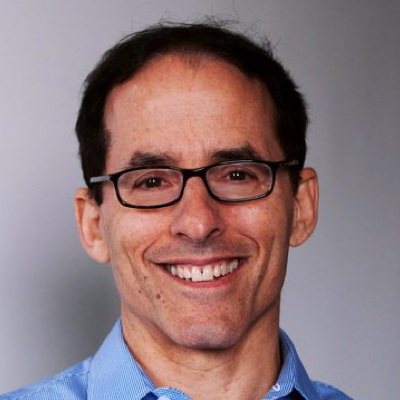July 15, 1997
Mark Weisbrot
Chicago Tribune, July 15, 1997
St. Louis Post-Dispatch, July 23, 1997
To paraphrase Ronald Reagan, here they go again. The only thing missing from this latest debate over lowering the capital gains tax is a sense of popular outrage. Which is too bad, because we will be paying for this enormous windfall to the rich for many years to come.
If you don’t understand what all the fuss is about, there’s no need to be embarrassed. Most Americans don’t get any tax break on capital gains because they aren’t rich enough. But since the average taxpayer will eventually foot the bill for the capital-gainers’ loophole, it’s worth a closer look.
Here’s how it works: when someone buys an asset– stocks, bonds, real estate or whatever– and then sells it at a higher price, they get what is called a capital gain. You might think that this profit ought to be taxed just like any other income, but that’s only true if you are not rich. If you are in the 15% tax bracket then you will pay 15% on your capital gains, and if you are in the 28% bracket, you will pay 28%. That takes care of most taxpayers– two-thirds are at 15% or below. But if you are well-off, you get a break: if you are in the 31%, 36%, or 39.6% tax brackets (income over $350,000 for a married couple), you still pay 28% on a capital gain.
No surprise here, just another example of the golden rule: those that have the gold, make the rules. It’s a great loophole for overpaid corporate CEO’s, who arrange to get a good chunk of their income in stock options. Sandy Weill, Chairman of the Travelers’ Group, made $94.1 million last year, with $85.2 million in stock options. The current loophole saves him about $9.9 million in Federal income tax.
Now here’s the funny part (for those who appreciate sick humor): the Congress has decided that rich people are still paying too much! They voted to cut the capital gains tax to a maximum of 20%. This new law would slather another $6.8 million on someone in Weill’s situation. It will also have the curious result that they would pay a lower income tax rate on their capital gains income than an ordinary worker pays on income over $33,000. (And that’s not even including the Social Security payroll tax, which does not apply to capital gains).
As a sop to the masses, the Congress tacked on a 10% capital gains tax rate for people in the 15% bracket. Unfortunately, there are very few people in this category that will have any capital gains to pay taxes on.
President Clinton came up with a clever counter-proposal that would lower capital gains taxes for everyone but the richest taxpayers. But will he veto this other scam? Does he have the backbone to stand up to the Republicans and say, “do we really need to widen this tax loophole for the rich while we are supposedly trying to balance the budget, cutting Medicare and throwing millions of poor people off welfare?” Will he desert them in their hour of greed? If not– and at this time it sure looks like not– then his counter-proposal is just for show.
It’s a shame, too, because all he would have to do is appeal to the voters and he would get overwhelming support for a veto. Most Americans still don’t believe that the rich need to be made richer at their expense.
Of course, Clinton’s whole tax plan is pathetic, too. Forty percent of taxpayers would get nothing from his tax cut, while the richest 1%– with an average annual income of $650,000– would get $1800. And we’re supposed to like this, because the plan passed by the House would give them $24,000, while also providing nothing for the bottom 40%?
Treasury Secretary Robert Rubin noted last week that there is general agreement among economists that cutting the capital gains tax is “unlikely to produce much economic benefit.” On the contrary, by enlarging a tax shelter, it will encourage further waste and inefficiency as more effort is devoted to taking advantage of it. Yet he seems poised for a cynical accommodation to its enactment.
Over the last decade, almost all of the income gains from economic growth have gone to the top 5% of families. Most employees have actually seen their real wages fall over the past 24 years. Even after six years of economic recovery, the majority of employees have not caught up with their pre-recession (1989) level of real wages.
Cutting the capital gains tax would help ensure that this trend toward ever greater inequality in America continues into the indefinite future. Meanwhile, President Clinton has retreated from an earlier promise to make sure that working poor families will at least get the benefit of the proposed $500 child tax credit. His plan would exclude 22 million low-income children– not that much different from the Senate and House plan.
And you thought the Reagan years were behind us.






